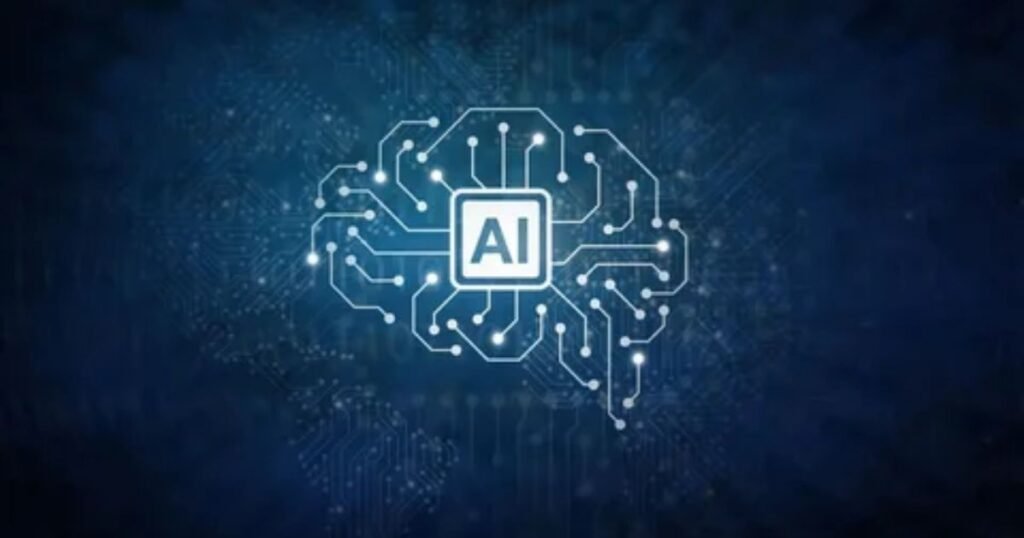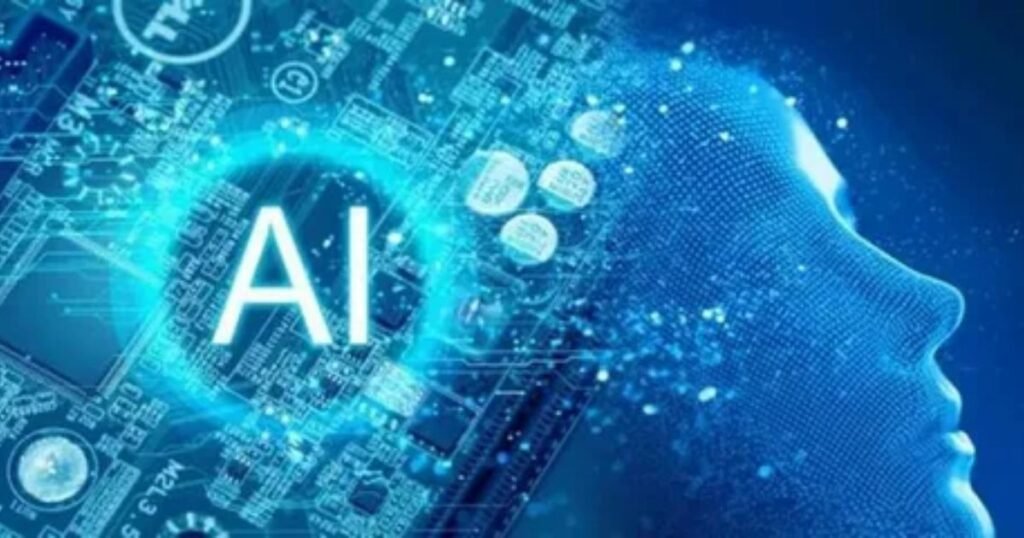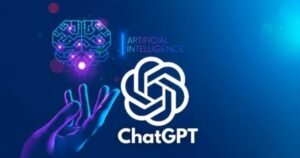Introduction to Character AI
Character AI, or Character Artificial Intelligence, has become a cornerstone in the development of interactive digital experiences. From video games to virtual assistants, the evolution of Character AI has been nothing short of revolutionary. This article delves into the history, advancements, and future prospects of Character AI, with a particular focus on the “old” or traditional approaches that laid the foundation for modern innovations.
The Origins of Character AI

Early Beginnings in Gaming
The concept of Character AI can be traced back to the early days of video gaming. In the 1970s and 1980s, games like “Pong” and “Space Invaders” featured rudimentary AI that controlled the behavior of non-player characters (NPCs). These early implementations were simple, often relying on pre-defined patterns and rules.
Text-Based Adventures and Interactive Fiction
In the realm of text-based adventures and interactive fiction, Character AI took on a different form. Games like “Zork” and “Adventure” used basic natural language processing (NLP) techniques to interpret player inputs and generate responses. These early attempts at creating believable characters were limited by the technology of the time but laid the groundwork for more sophisticated systems.
The Evolution of Character AI

Rule-Based Systems
One of the earliest approaches to Character AI was the use of rule-based systems. These systems relied on a set of predefined rules and conditions to dictate the behavior of characters. For example, in a strategy game, an AI-controlled opponent might follow a specific set of rules to determine its moves.
Explore more about: What to Do If Your Character AI Crashes: A Comprehensive Guide
Advantages of Rule-Based Systems
- Predictability: Rule-based systems are predictable, making them easier to design and debug.
- Control: Developers have complete control over the behavior of characters, allowing for precise tuning.
Limitations of Rule-Based Systems
- Rigidity: Rule-based systems are inflexible and cannot adapt to new situations.
- Scalability: As the complexity of the game or application increases, the number of rules required grows exponentially, making the system difficult to manage.
Finite State Machines (FSMs)
Finite State Machines (FSMs) were another early approach to Character AI. FSMs model the behavior of a character as a series of states and transitions between those states. For example, an AI-controlled enemy in a game might have states like “patrol,” “attack,” and “flee.”
Advantages of FSMs
- Simplicity: FSMs are relatively simple to implement and understand.
- Modularity: States can be designed independently, making it easier to add or modify behaviors.
Limitations of FSMs
- State Explosion: As the complexity of the character’s behavior increases, the number of states and transitions can become unmanageable.
- Lack of Adaptability: FSMs are not well-suited for handling complex, dynamic environments.
Behavior Trees
Behavior Trees (BTs) emerged as a more flexible alternative to FSMs. BTs model the behavior of a character as a tree structure, where each node represents a specific action or decision. The tree is traversed from the root to the leaves, with each node determining the next action based on conditions and priorities.
Advantages of Behavior Trees
- Flexibility: BTs are more flexible than FSMs, allowing for more complex and dynamic behaviors.
- Reusability: Nodes can be reused across different characters, reducing development time.
Limitations of Behavior Trees
- Complexity: Designing and debugging BTs can be more complex than FSMs.
- Performance: Traversing the tree can be computationally expensive, especially for large trees.
The Role of Machine Learning in Character AI

Early Machine Learning Approaches
As machine learning (ML) techniques began to mature, they were increasingly applied to Character AI. Early ML approaches focused on supervised learning, where the AI was trained on labeled data to recognize patterns and make decisions.
Advantages of Early ML Approaches
- Adaptability: ML models can adapt to new data, making them more flexible than rule-based systems.
- Complexity: ML models can handle more complex and nuanced behaviors.
Limitations of Early ML Approaches
- Data Dependency: ML models require large amounts of labeled data, which can be difficult and expensive to obtain.
- Black Box: ML models are often seen as “black boxes,” making it difficult to understand and debug their decision-making process.
Reinforcement Learning
Reinforcement Learning (RL) emerged as a powerful approach to Character AI, particularly in gaming. In RL, the AI learns by interacting with the environment and receiving feedback in the form of rewards or penalties. Over time, the AI learns to maximize its rewards by optimizing its behavior.
Advantages of Reinforcement Learning
- Autonomy: RL allows the AI to learn and adapt without explicit supervision.
- Complexity: RL can handle highly complex and dynamic environments.
Limitations of Reinforcement Learning
- Training Time: RL models can require significant time and computational resources to train.
- Reward Design: Designing an appropriate reward function can be challenging and may require extensive tuning.
Deep Learning and Neural Networks
The advent of deep learning and neural networks has revolutionized Character AI. Deep learning models, particularly recurrent neural networks (RNNs) and convolutional neural networks (CNNs), have been used to create more sophisticated and human-like characters.
Advantages of Deep Learning
- Complexity: Deep learning models can capture complex patterns and relationships in data.
- Scalability: Deep learning models can scale to handle large and diverse datasets.
Limitations of Deep Learning
- Resource Intensive: Deep learning models require significant computational resources for training and inference.
- Interpretability: Deep learning models are often difficult to interpret, making it challenging to understand their decision-making process.
Applications of Character AI
Video Games
Character AI has been a cornerstone of video game development, enabling the creation of believable and engaging NPCs. From simple enemies in early arcade games to complex, dynamic characters in modern RPGs, Character AI has evolved to meet the demands of increasingly sophisticated game worlds.
Examples of Character AI in Video Games
- “The Sims”: The AI in “The Sims” controls the behavior of virtual characters, allowing them to interact with the environment and each other in realistic ways.
- “F.E.A.R.”: The AI in “F.E.A.R.” is known for its advanced tactical behavior, with enemies using cover, flanking, and coordinated attacks.
Virtual Assistants
Character AI is also at the heart of virtual assistants like Siri, Alexa, and Google Assistant. These systems use NLP and machine learning to understand and respond to user queries, creating a more interactive and personalized experience.
Examples of Character AI in Virtual Assistants
- Siri: Apple’s Siri uses Character AI to provide voice-activated assistance, from setting reminders to answering questions.
- Alexa: Amazon’s Alexa uses Character AI to control smart home devices, play music, and provide information.
Film and Animation
Character AI has also found applications in film and animation, where it is used to create realistic and lifelike characters. From motion capture to procedural animation, Character AI has enabled filmmakers to push the boundaries of what is possible in visual storytelling.
Examples of Character AI in Film and Animation
- “Avatar”: The AI in “Avatar” was used to create the lifelike movements and expressions of the Na’vi characters.
- “The Lord of the Rings”: The AI in “The Lord of the Rings” was used to create the massive battles and realistic movements of the digital characters.
The Future of Character AI
Advances in Natural Language Processing
As NLP techniques continue to advance, Character AI is expected to become even more sophisticated. Future characters may be able to engage in more natural and nuanced conversations, understanding context, tone, and even humor.
Potential Applications
- Interactive Storytelling: Characters in interactive stories could adapt their dialogue and behavior based on player choices, creating a more immersive experience.
- Customer Service: Virtual assistants could become more effective at handling complex customer service queries, providing personalized and context-aware responses.
Emotional Intelligence
Future Character AI may also incorporate emotional intelligence, allowing characters to recognize and respond to the emotions of users. This could lead to more empathetic and human-like interactions, particularly in applications like mental health support and companionship.
Potential Applications
- Mental Health: AI characters could provide emotional support and companionship to individuals struggling with mental health issues.
- Education: AI tutors could adapt their teaching style based on the emotional state of the student, providing a more personalized learning experience.
Ethical Considerations
As Character AI becomes more advanced, ethical considerations will become increasingly important. Issues like privacy, bias, and the potential for misuse will need to be addressed to ensure that Character AI is developed and deployed responsibly.
Key Ethical Considerations
- Privacy: Ensuring that user data is handled responsibly and that privacy is respected.
- Bias: Addressing potential biases in AI models to ensure fair and equitable treatment of all users.
- Misuse: Preventing the misuse of Character AI for malicious purposes, such as deepfakes or manipulative advertising.
Conclusion
Character AI has come a long way since its early beginnings in video games and text-based adventures. From rule-based systems to deep learning models, the evolution of Character AI has been driven by advances in technology and a growing demand for more sophisticated and human-like interactions. As we look to the future, the potential applications of Character AI are vast, from interactive storytelling to emotional support.
However, with these opportunities come challenges, particularly in the realm of ethics and responsible development. By addressing these challenges head-on, we can ensure that Character AI continues to enhance our digital experiences in meaningful and positive ways.
- Top AI Tools for Small Businesses in 2025: Boost Efficiency and Growth - March 20, 2025
- Is Outlier AI Legit? A Comprehensive Review of Outlier AI in 2024 - March 17, 2025
- Character AI: A Journey Through Time and Technology - March 15, 2025








